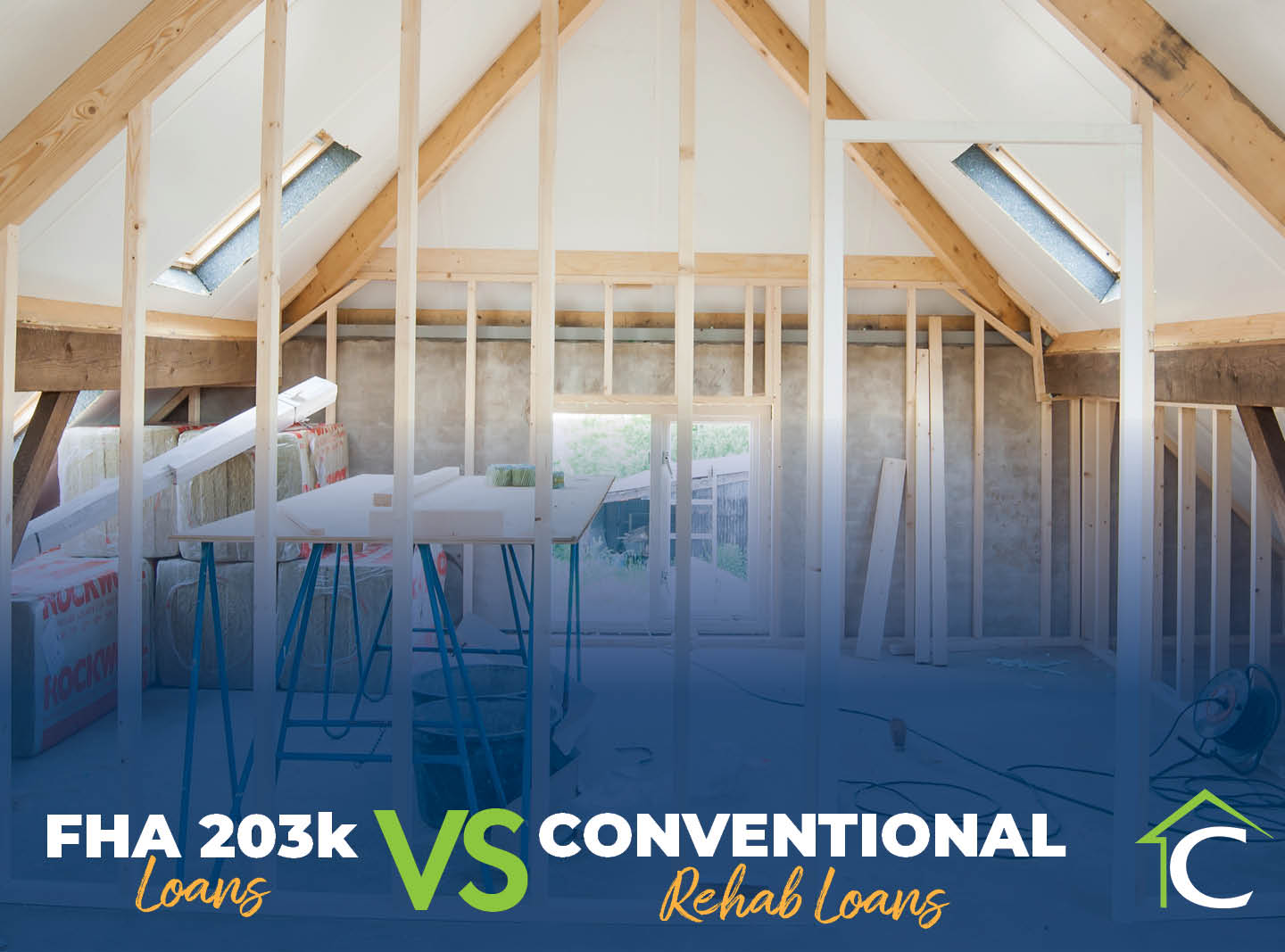The myth of the simultaneous close sits somewhere in the universe between the existence of unicorns and search for tiny leprechauns. However, there is one small difference: a simultaneous close when buying and selling a home can be real!
Closing on two houses simultaneously (or rather, one right after the other) brings tremendous benefits. Besides the scheduling ease with work obligations, having two closings in the same day means that for moving purposes, you probably won’t have to keep your furniture and belongings in short-term storage facilities. You will be able to move, quite simply, from one home to another. The emotional benefits, as well as the financial ones, are significant.
Closing on the house you are moving into on the same day that you close on the house you just sold is an achievable scenario that requires the coordination of several real estate professionals involved in the deal who possess a few key components: effective communication, cooperation, and expertise.
Most importantly, the Realtors of both the house you are selling and the one you are buying need to work together to coordinate closing dates that work for all parties. It helps when one realtor represents both properties. Both the buyers’ attorney and the closing attorney for both properties need to be in sync about the expectations and time constraints.
Mortgage loan officers are key in organizing the purchase-to-close process.
On the practical end, the most important paperwork you will need to bring to the closing is a HUD – 1 form from the closing of the house that was sold. The HUD-1 acts as a summation of where all of the monies went in the real estate transaction. It shows the net profit from the sale of the house, the mortgage fees, etc., acting as a sort of bank statement for the closing. It acts as proof of the proceeds from the profit of the house – the legal representation of where all the funds went for the purchase or sale of a house. A buyer is bringing proof of what profit was netted from the departure residence, the HUD-1 closing form shows the proceeds and the lender well need to review it at the start of the second closing to make sure it covers everything needed. You will need to bring it from the closing of the house you’re selling to the closing for the house you are buying,
In order to achieve a simultaneous closing, choose the real estate professionals you world with very carefully. Make sure your attorney is aware of what you’re looking to do and that he/she communicates this to the other attorneys involved. Obtain your mortgage with a trusted professional and complete everything they require as soon as possible to give your attorney enough time to coordinate everything with the other parties involved.
With a little planning and communication, you’ll be on your way to a smooth and enjoyable closing!
















